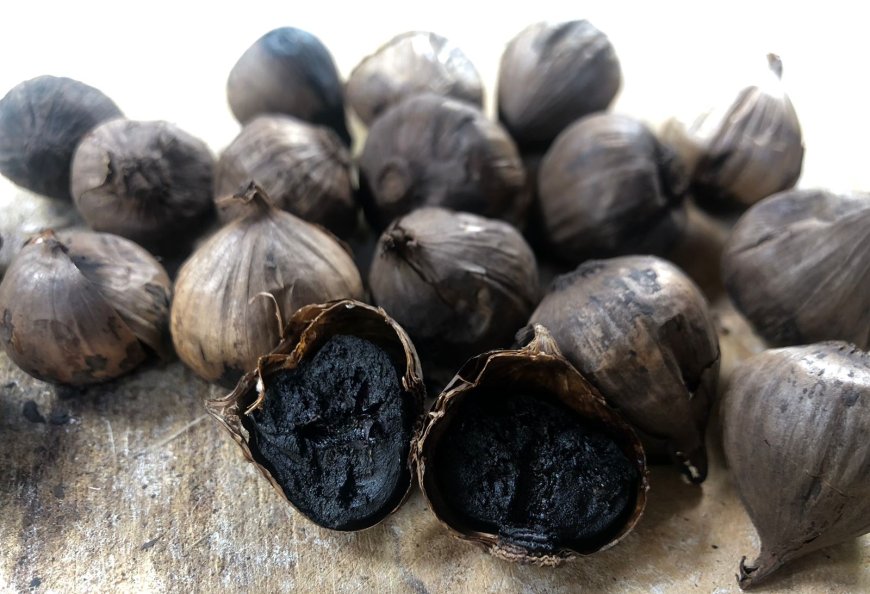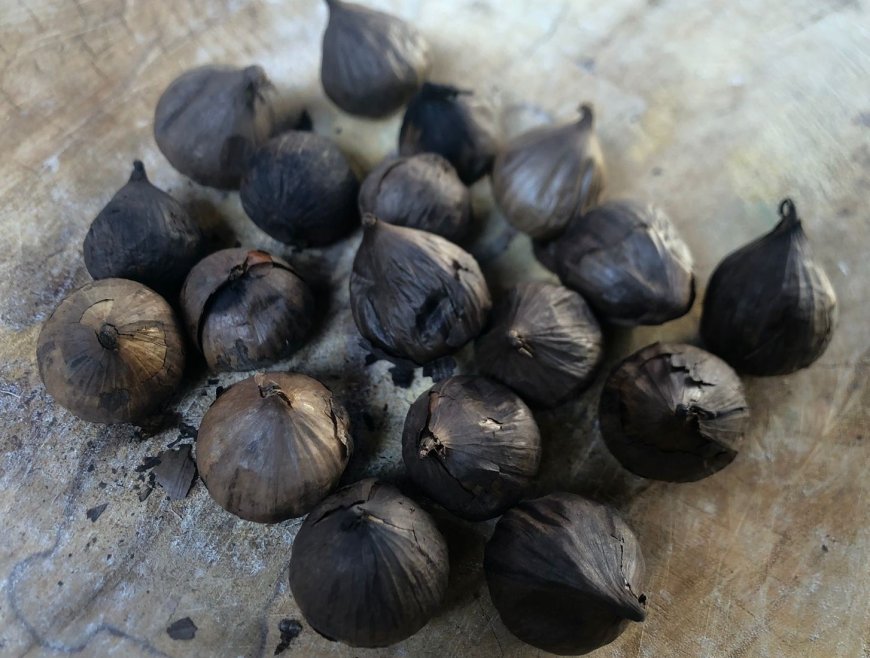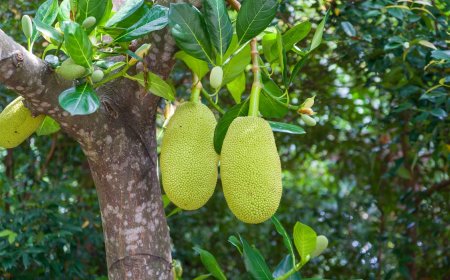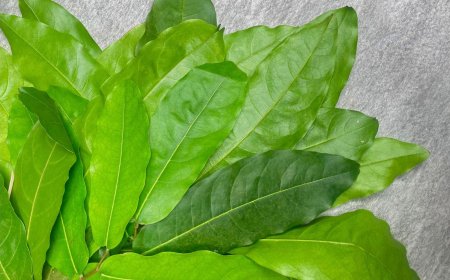Exploring Black Garlic : Garlic with a Lot of Health Benefits
In addition to being renowned for its beauty in various aspects, from nature to culture, Bali also preserves its traditional healing system, documented in the lontar usadha Bali. One of them is black garlic. Black garlic, which is the result of fermenting regular garlic (Allium sativum L.), contains a variety of nutrients that have the potential to treat various diseases. Don't miss the opportunity to delve deeper into this garlic.

Bali which is famous for its countless beauties, both in terms of nature, traditions, and culture, there is also diversity in its traditional healthcare systems for maintaining physical health and inner harmony. This diversity is partly attributed to the variety of plants available. Plants with medicinal properties have been trusted for their efficacy for many years.
One of them, which we will discuss, is black garlic. Black garlic, also known as "bawang hitam" in Bahasa Indonesia, is renowned for its healing properties and is used to treat various ailments, ranging from mild to severe. Black garlic is also known and consumed by some Asian populations for centuries as a culinary spice. Black garlic is essentially fermented garlic (Allium sativum L.). The fermentation process transforms garlic into black garlic over approximately one month, resulting in changes in its color, smell, and taste due to the Maillard reaction.
The fermentation process of black garlic is influenced by specific temperature, humidity, and time conditions. Based on research conducted by Polytechnic of Health Denpasar lecturers, Dewi and Wayan in journal entitled "Nutrition Content and Antioxidant Activity of Black Garlic", the fermentation process is carried out at 70°C with varying fermentation durations, affecting the resulting black garlic. During the fermentation of regular garlic into black garlic, the Maillard reaction occurs due to rapid temperature and moisture changes. This reaction leading to changes the garlic.

Black Garlic (Source : Personal Collection)
Various traditional healthcare systems have developed in different regions of Indonesia since ancient times, just as in Bali, where the diversity of traditional healthcare systems is documented in the "lontar usadha". Lontar usadha refers to manuscripts or texts that contain traditional healing systems in Bali. Black garlic, which is essentially fermented garlic, is widely used by the community as a traditional herbal remedy due to its beneficial properties. This information is contained in three lontar usadha, which is usadha rare, usadha tiwang, and usadha netra.
Usadha rare covers traditional healing systems for infants and children. It lists several treatable conditions, including coughs in infants and bloated stomachs. And then, usadha tiwang discusses about tiwang, a condition characterized by symptoms such as body discomfort, pain, restlessness, blinking eyes, stiff muscles, and even fainting. This lontar lists several treatable conditions, including tiwang desti, coughs, and hanging charms. Tiwang Desti refers to body pain extending to the legs. Also, usadha netra is focused on eye diseases and also covers stomach ailments, headaches, and internal ailments with symptoms of fatigue. It lists treatable conditions such as eye problems and "sakit tuju," which refers to muscle and joint pain.
Also based on the same journal conducted by Polytechnic of Health Denpasar lecturers, Dewi and Wayan, black garlic has a higher antioxidant content compared to regular garlic, making it more effective in treating various diseases. Additionally, black garlic is rich in nutrients that are beneficial for various ailments, such as heart health, brain health, immune system support, blood sugar control, liver protection, and can help with conditions like diabetes, high blood pressure, and stroke.
The zinc content in black garlic activates white blood cells, thereby boosting the immune system. Potassium and iron help lower blood pressure and prevent anemia. Phosphorus supports muscle and nervous system maintenance. While selenium and copper enhance immunity and vascular function. Lastly, black garlic's antioxidant content can prevent cell damage from free radicals, potentially reducing the risk of cancer.
In fact, black onions and garlic have almost the same content, but only differ in how much content they contain. For example, the antioxidant content found in black onions is higher than that found in garlic. Just like black onions, garlic also has many benefits in traditional medicine and is used as a basic ingredient in cooking. However, when used, garlic has a more pungent odor and feels hot on the skin when used. Usually garlic can be used directly or processed first, while black garlic can usually be used directly.

Inside Black Garlic (Source : Personal Collection)
Although black garlic and regular garlic have similar properties, there are key differences between the two. Fresh garlic is white in color, both on the outer skin and the inner flesh, while black garlic has a dark brown hue due to oxidation during fermentation. In terms of taste, regular garlic is pungent and sharp, while black garlic has a milder flavor with hints of sweetness and saltiness. Black onions do not produce a strong taste compared to garlic because the allicin content in black onions is reduced. This also affects the smell produced by black garlic which is not as strong as that produced by garlic. Additionally, regular garlic has a firm and crisp texture, while black garlic is softer and stickier.
While black garlic offers numerous health benefits and is used in traditional medicine and cooking, it should still be consumed in moderation. The recommended maximum daily consumption is three times a day with two to three cloves each time, after meals. Consuming black garlic in excess can lead to digestive issues, increased stomach acid levels, allergies, and bad breath.
Lastly, black garlic is a highly beneficial ingredient for both cooking and traditional medicine. Despite being made from fermented regular garlic, both black garlic and regular garlic are rich in nutrients and have various health benefits, as described in the lontar usadha Bali. Therefore, black garlic should continue to be developed as a traditional medicinal ingredient to coexist with modern healthcare advancements.






























































